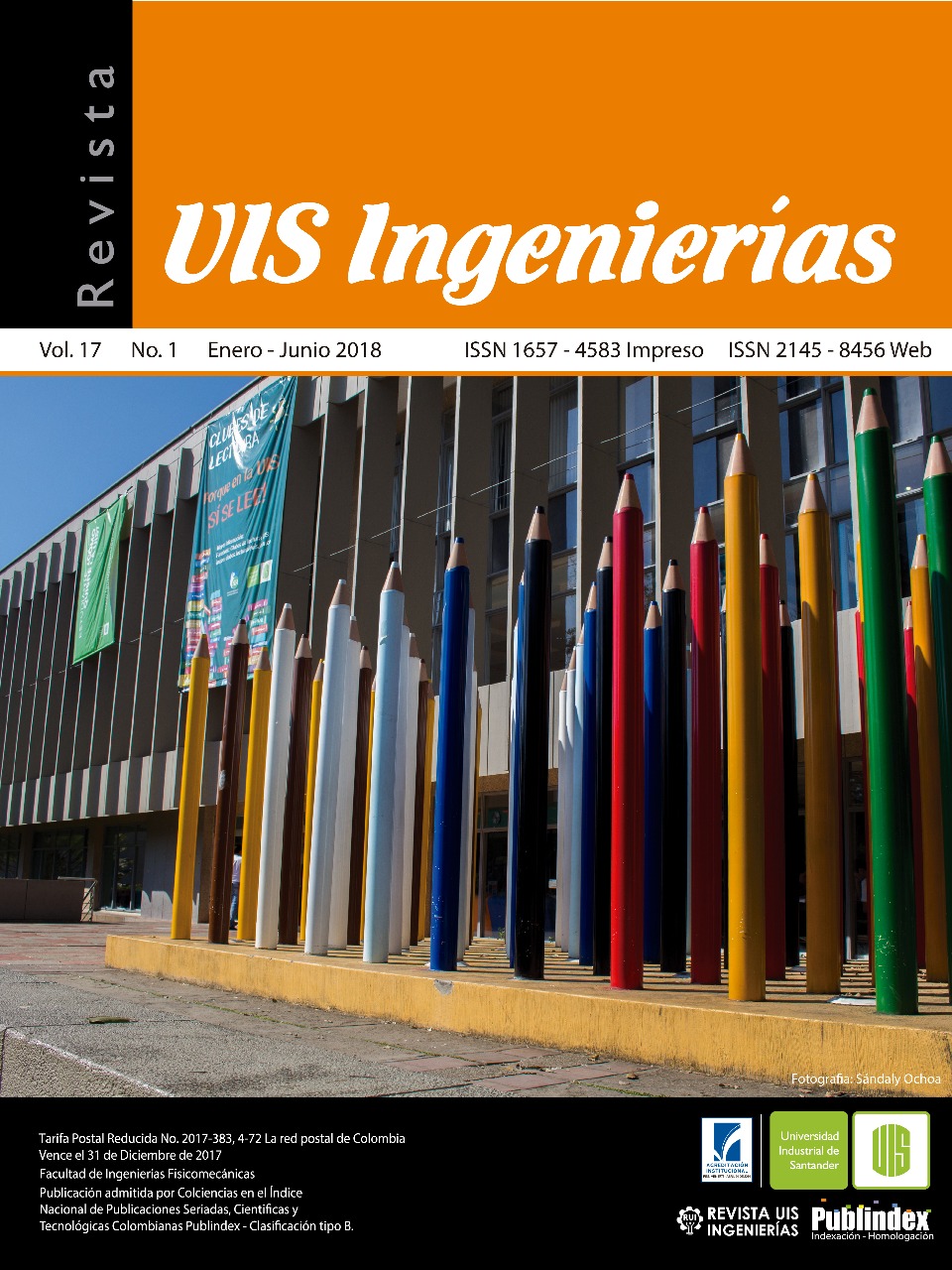Application of product development techniques for the development of an anthropomorphic robot
Published 2018-01-05
Keywords
- Conceptual design,
- QFD (Quality Function Development),
- sustainable architecture,
- robotics,
- TRIZ (theory of inventive problem solving)
How to Cite
Abstract
Robotic projects involve components framed within areas such as electronics; mechanics, control and programming in which different critical variables intervene that can compromise the achievement of the expected results. In this project, numerous requirements were formulated to be satisfied with limited resources, which forces to have a small margin of error in its manufacture. Techniques used in product development were used to achieve the required specifications for the project. The article describes the development of a robot in the stages of informational project, conceptual project, detailed project and manufacturing. They are presented design considerations studied and analyzed to obtain a functional robotic arm running tasks agriculture. Techniques such as QFD (Quality Function Development) were used
to translate the needs associated with the project into engineering decisions. The Mudge diagram (value analysis matrix) is used as a method of comparison and hierarchy of requirements. With the application of QFD the requirements of the robot are transformed into quality characteristics that allow to generate a conceptual project with the methods and activities to execute. The results showed the effectiveness of using design tools to create robotic systems and to focus resources on satisfying the requirements.
Downloads
References
- H. Rozenfeld y others, «Gestão de desenvolvimento de produtos: uma abordagem para a melhoria de processos,» S{~a}o Paulo: Saraiva,2006.
- G. Büyüközkan y Ç. Berkol, «Designing asustainable supply chain using an integrated analytic network process and goal programming
- approach in quality function deployment,» Expert Systems with Applications, vol. 38, pp. 13731-13748, 2011.
- H. Kume, E. Vasco y H. Kume, Herramientas estad́isticas básicas para el mejoramiento de la calidad, Editorial Norma, 1992.
- H. Rozenfeld, F. A. Forcellini y D. C. Amaral,Gestão de desenvolvimento de produtos: uma referência para a melhoria do processo, Editora Saraiva, 2000.
- Y. Akao, «Quality function deployment,» 2004.
- P. A. C. Parada, C. A. P. Cortés y C. I. R. Jaimes,«Módulo robótico para la clasificación de lulos(Solanum Quitoense) implementando visiónartificial,» INGE CUC, vol. 10, pp. 51-62, 2014.
- Y. Akao, Hoshin Kanri: Policy deployment forsuccessful TQM, SteinerBooks, 2004.
- A. Nieves Hurtado, D. Sánchez y F. E. D. E. R. I.C. O. CLICERO, «Probabilidad y Estad́istica para Ingenieŕia, un enfoque moderno,» M{'e}xico DF:McGra-Hill, 2010.
- L. A. B. Mascarenhas, J. de Oliveira Gomes, A. T.
- Portela, C. V. Ferreira y L. L. N. Guarieiro,«Utilização da matriz morfológica para desenvolvimento da bancada de testes de válvulas e sedes de válvulas,» 2015.
- T. U. Karl y D. E. Steven, «Product design and development,» America: The McGraw-Hill Companies, Inc, 2000.

